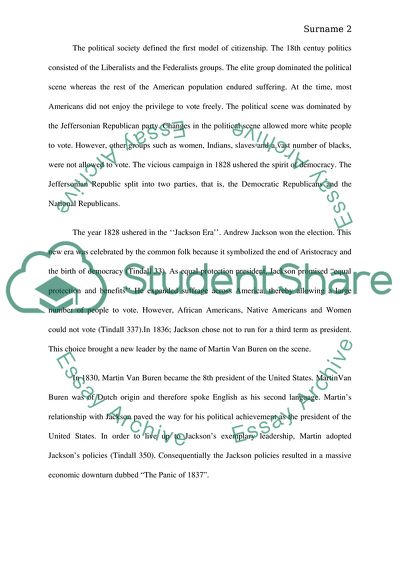Cite this document
(Citizenship and Immigration Essay Example | Topics and Well Written Essays - 2500 words, n.d.)
Citizenship and Immigration Essay Example | Topics and Well Written Essays - 2500 words. https://studentshare.org/history/1870011-the-road-to-citizenship-in-martin-van-burrens-era-slaves-vs-servants-immigrants
Citizenship and Immigration Essay Example | Topics and Well Written Essays - 2500 words. https://studentshare.org/history/1870011-the-road-to-citizenship-in-martin-van-burrens-era-slaves-vs-servants-immigrants
(Citizenship and Immigration Essay Example | Topics and Well Written Essays - 2500 Words)
Citizenship and Immigration Essay Example | Topics and Well Written Essays - 2500 Words. https://studentshare.org/history/1870011-the-road-to-citizenship-in-martin-van-burrens-era-slaves-vs-servants-immigrants.
Citizenship and Immigration Essay Example | Topics and Well Written Essays - 2500 Words. https://studentshare.org/history/1870011-the-road-to-citizenship-in-martin-van-burrens-era-slaves-vs-servants-immigrants.
“Citizenship and Immigration Essay Example | Topics and Well Written Essays - 2500 Words”. https://studentshare.org/history/1870011-the-road-to-citizenship-in-martin-van-burrens-era-slaves-vs-servants-immigrants.


